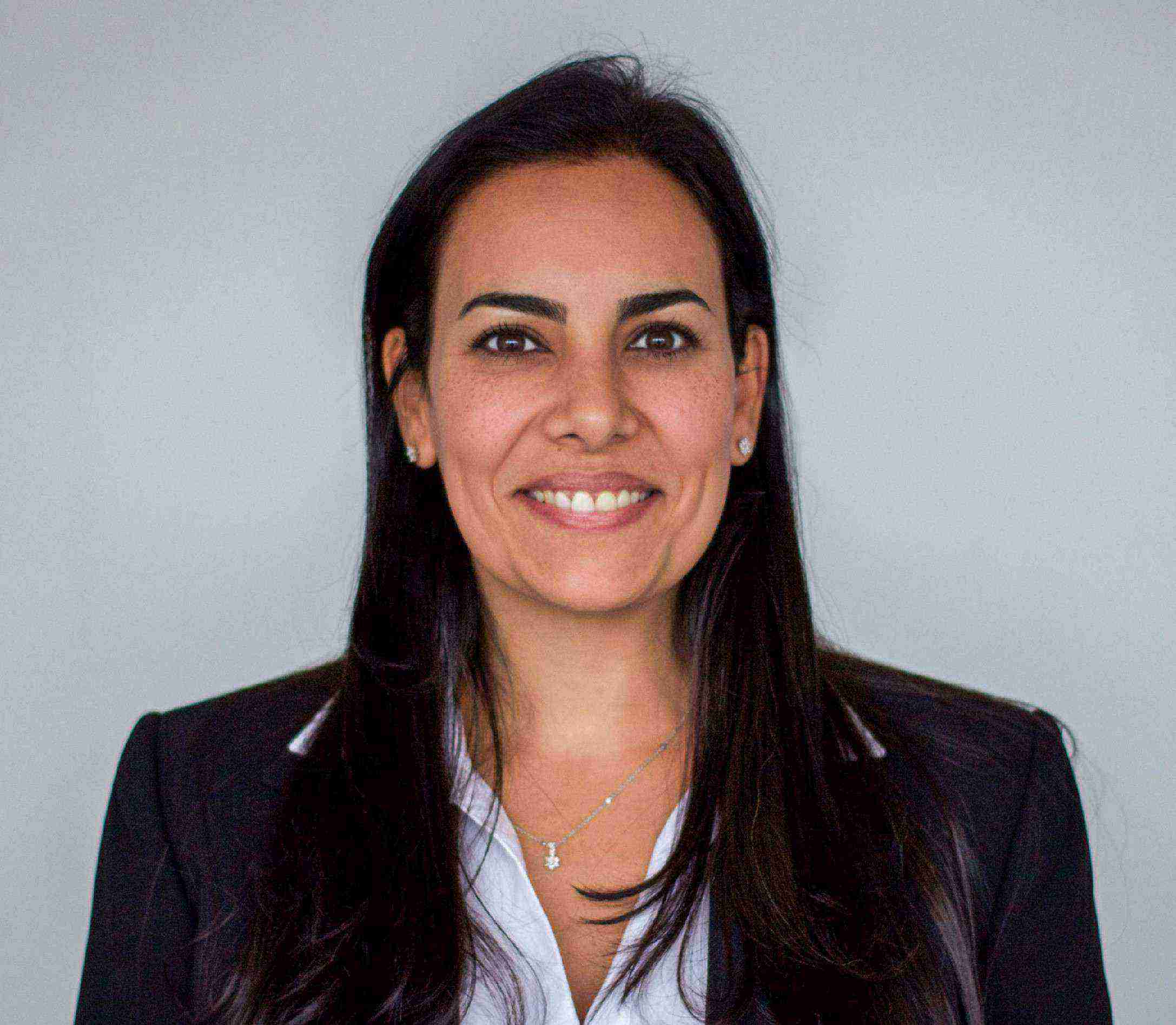Lima, AUGUST 8 2022Mariana Abugattas: In Quellaveco we support the expediting of public projects in Moquegua

We talked to Mariana Abugattás, government affairs and sustainability manager at Anglo American and member of PERUMIN 35’s organizing committee, who shared with us her expectations about this mining event, to be held from September 26 to 30 in Arequipa, and some news about the Quellaveco project, which is in its final stages of construction, very close to starting operations.
What are your expectations for PERUMIN?
Well, we are all very excited. First of all, we will be able to do it in person after such a long time. Arequipa is a city that always welcomes us warmly. And, really, the expectations are to be able to talk about all these complex issues that are happening around mining, as Claudia Cooper mentioned. Second of all, we are excited because we are going to exchange experiences with other countries, to see how to face the challenges we have as a country, and how to be part of the solution in this much-needed closing of gaps.
In this past year, we have seen an increase in social conflicts related to mining projects and operations. What are your thoughts on this?
We cannot ignore the fact that there are gaps in the access to infrastructure and public services, among other structural problems in the country. The mining sector has been contributing to the closing of these gaps, but it is undoubtedly necessary to give visibility to these contributions, as well as to strengthen coordination at all levels of the State and civil society.
In Moquegua, for instance, we have been working with different stakeholders on an initiative called Moquegua Crece, a program that aims at identifying, maximizing, and developing the potentialities of the region to create employment, improve people’s income, and provide better public services and infrastructure.
One of the most recurring issues is the lack of execution of the public investment budget. What alternatives can be offered or are being offered by the mining sector to better this situation?
Well, mining companies have a role to play there, and I think it is not enough just to say that we are paying taxes. There are interesting ways to work hand in hand with the authorities; for example, we can look at what we are doing in Quellaveco. Joint work is being done with the Moquegua Engineers Association to help the municipalities across the region prepare solid, good technical files, with Moquegua engineers, so that these public projects can finally see the light of day and improve Moquegua people’s lives.
Also, with issues related to technical assistance, we can help unblock some of the files that have been observed or that have a problem, either at a national or at a local level, so that these matters can be resolved or lifted, and the projects can finally be implemented.
Moreover, we can see how we can help the authorities get more training and be able to have more information on the use of resources and on which the processes to follow are. There are different ways to do this, for example, through Works for Taxes, among others. There are different ways to be able to execute faster projects that benefit the population.
Is there any news about Quellaveco, the largest and most modern mining project in the country to date?
We are still in the final stage of construction, coordinating with the State the necessary permits to start operations. We are working at a good pace.
Is there a date for the first copper shipment?
No, there is no definite date yet. We are coordinating the last necessary permits with the State.
Are you at a pre-commissioning stage?
Yes, we are, and we are conducting commissioning tests on some components that are already being completed.
Which challenges regarding the social aspect does Quellaveco face, specifically in the area of Moquegua, in the south of the country?
I believe that what comes next is to see the sustainability of our relationship with Moquegua, and to continue re-imagining things in order to continue working with the population and the authorities. For instance, to see how to promote the potentiality that the Moquegua territory has. To begin to see Moquegua’s true potential, which is not only mining, and this is the kind of things we are working on through Moquegua Crece, alongside the regional governor, the IFC, Mitsubishi, and other strategic partners, such as Engie.
What we are working on as a group is being able to analyze all the capabilities and potential Moquegua has, not looking at mining as the axis of development, but also at solar energy, hydrogen, and different economic activities which might not be seen as something with great potential, but which do have it.
Which examples can you give us?
In Ilo, for example, we have seen a project to cultivate seaweed that has a lot of potential and a growing market. In the highlands, we are looking at a project to cultivate cushuro, another highly nutritional species of algae which grows at over 3000 m.a.s.l. The conditions are perfect, since it also has really high nutritional value and a market that is looking for food products like this. That way we are detecting different economic activities which do not necessarily depend on mining, which are going to contribute to the well-being of Moquegua people.
Recently, there was a meeting between the National Mining Society and Minister Alejandra Herrera. What do you think about this rapprochement that is taking place between the public and private sectors?
I think it is important. It is part of building more trust, getting to know and understand one another, and starting to put ourselves in the other side’s shoes, too, to see how we can work better together.
Finally, how is the drop in copper prices going to affect the country’s economy and Quellaveco, this being one of the major projects?
The price of copper has a cyclical behavior. We know that the prices of metals always go up and down. Everyone makes a projection throughout the mine’s lifespan to see how the price of copper will behave. It is impossible to have a crystal ball to know how it will go. But companies definitely take precautions, and, in fact, the increase in prices is an opportunity for the business and the region.







